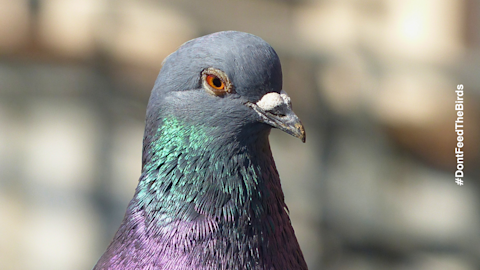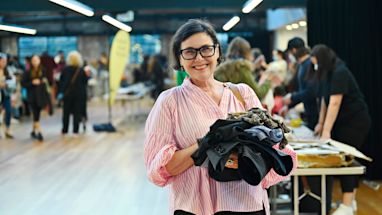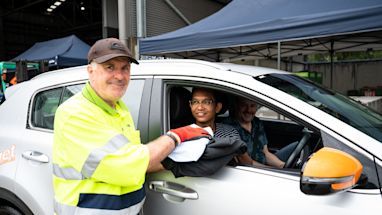Did you know pigeons are actually called rock doves?
You can find them all around our local area, in trees, benches, parks and ponds. They’re everywhere.
What do pigeons eat?
Originally a seed-eating species, pigeons have adapted to being able to eat most food scraps from humans – particularly bread – and they’re typically seen pecking at the ground for any leftover food.

Can I feed pigeons?
Nope.
Providing more food helps pigeons to proliferate. One breeding pair can produce upwards of 18 offspring a year.
Huge flocks are associated with noise and mess. Pigeons can be carriers of disease. Feeding will also attract rats and can lead to poor water quality in our parks.
What can I do to help pigeons?
There are 2 ways you can help these common birds.
- Get involved in the Australian Backyard Bird Count or find a Citizen Science project in our local area. This helps scientists get a clearer picture of wildlife in Australia.
- Tell your mates not to feed them. It’s the best way to spread the message.
What do you call a group of pigeons?
A collective noun is any noun that is used to name a group of something.
The collective noun for pigeons is a flock.
This article is part of a regular series about our feathered friends. In each edition, we ’ll share fun facts about birds in our local area and how we can keep them happy and healthy.




